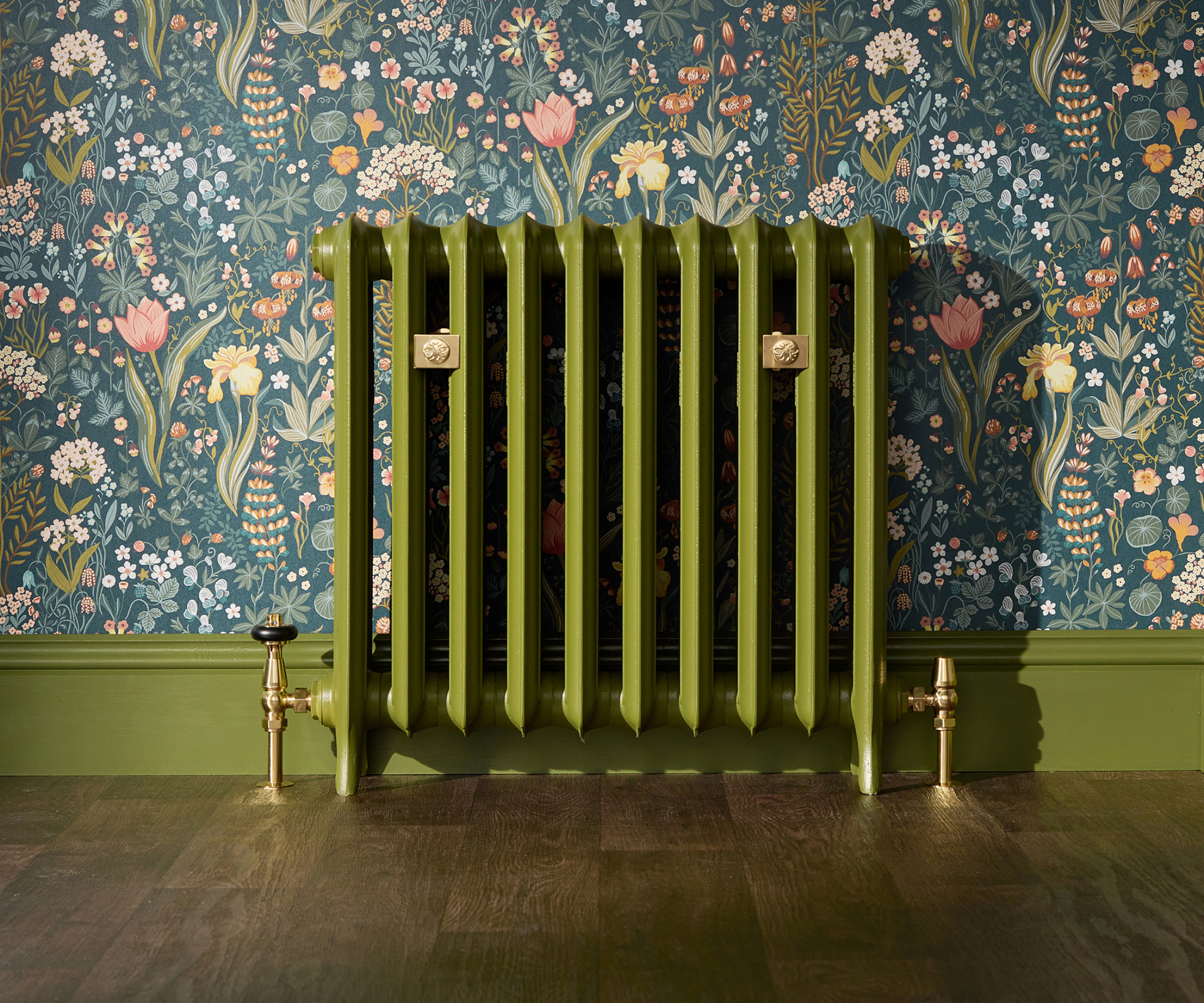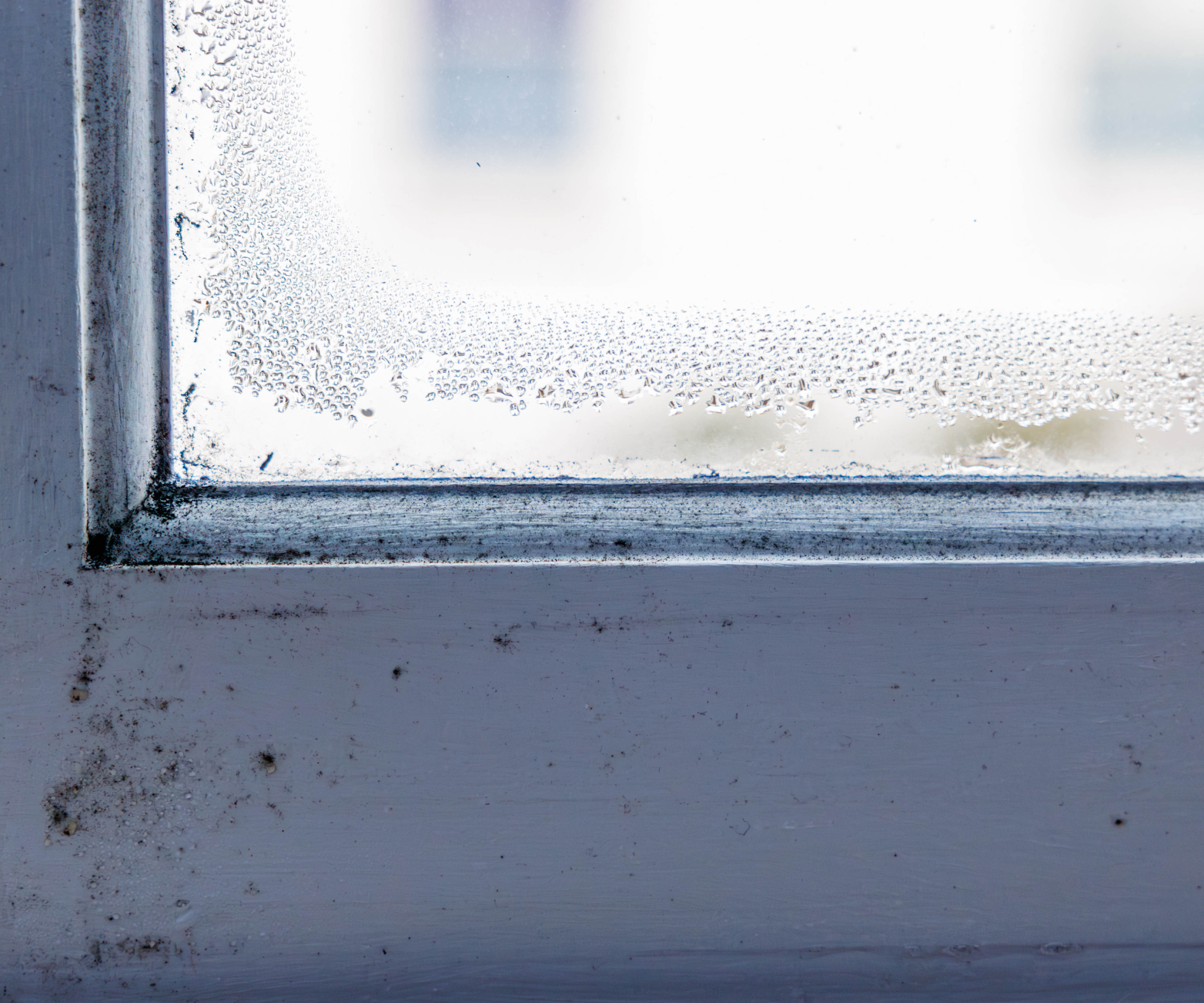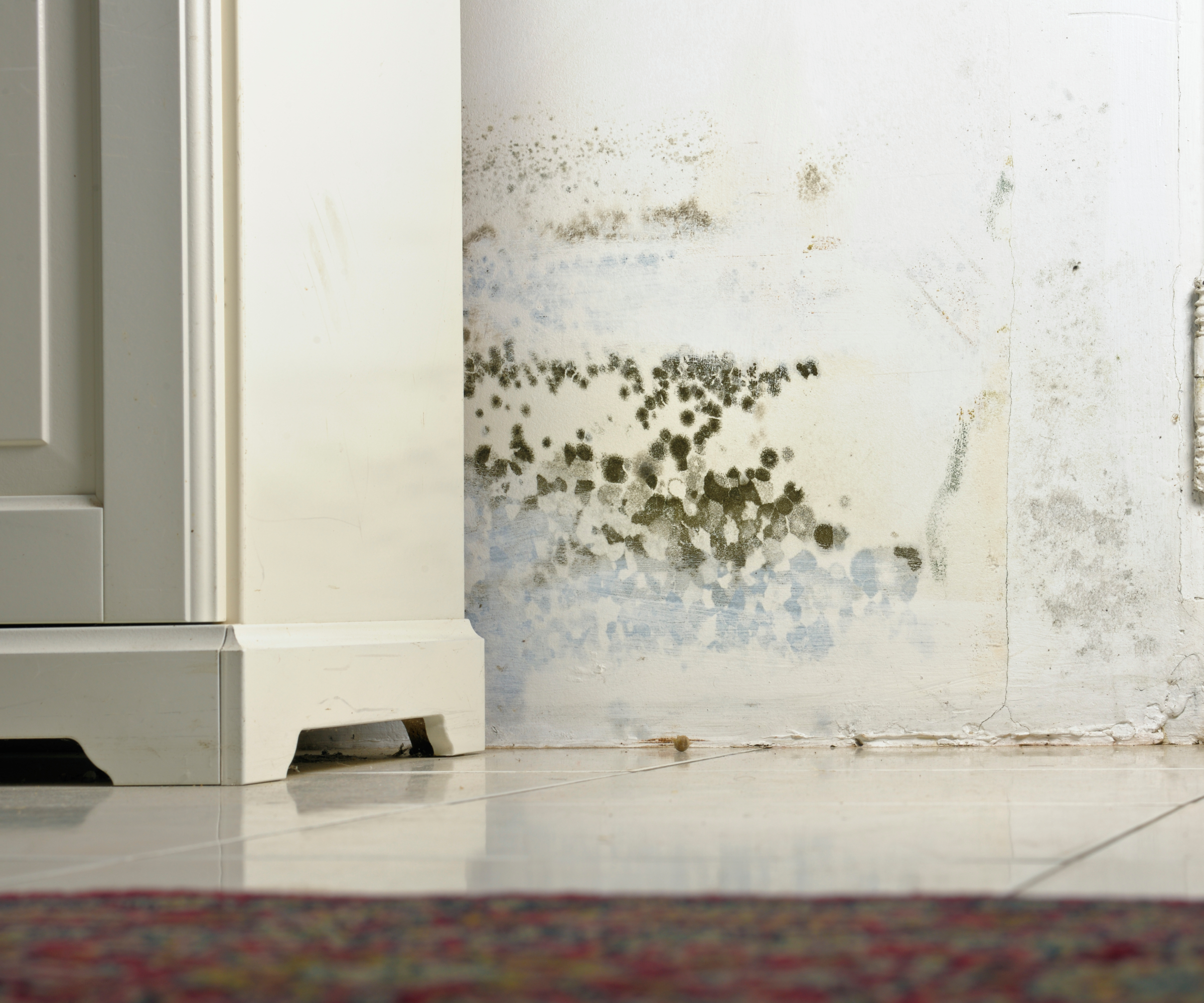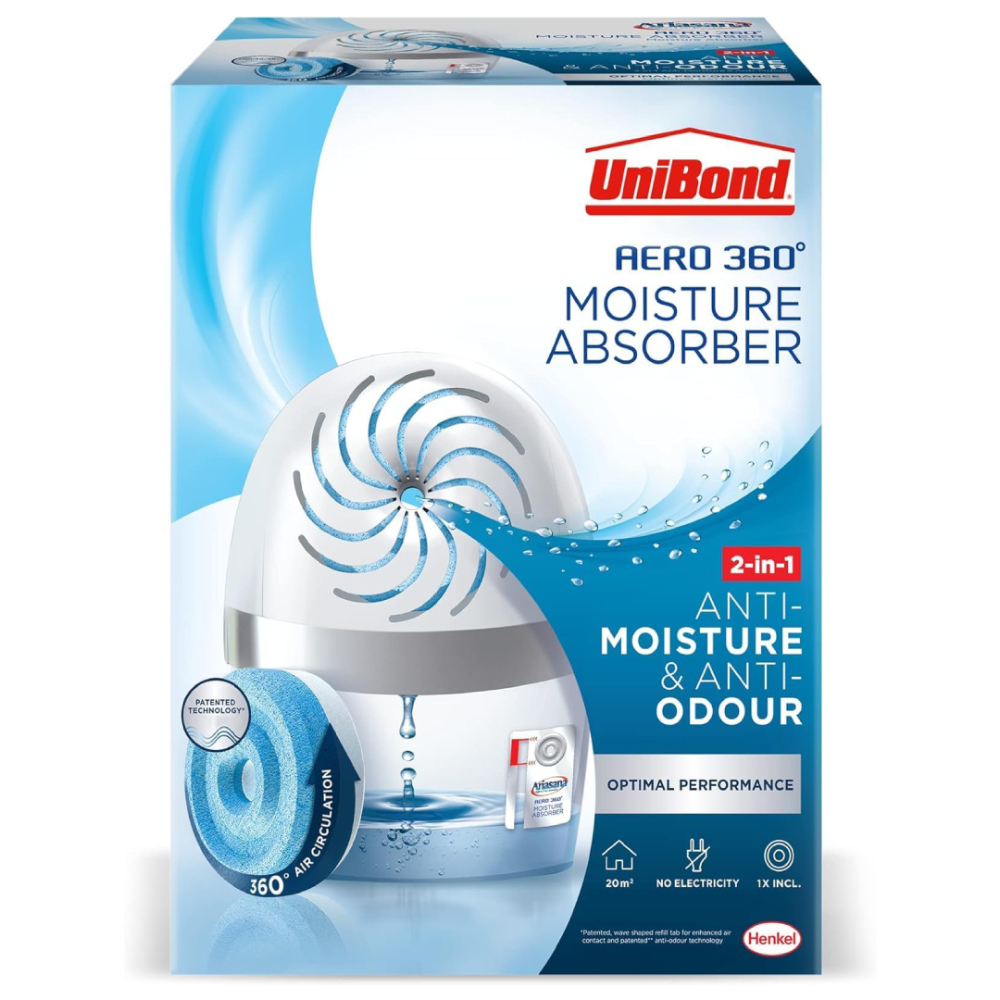Window condensation left untreated can lead to far bigger problems: So what exactly causes it and why do you need to fix it?
If window condensation is a regular issue in your home you need to find the root of the problem. But what causes it and why is it so problematic if left unresolved?

As the seasons change, you'll likely notice the return of window condensation. But what are the causes of window condensation and why do we need to deal with it?
If you've ever researched what is condensation, you'll know it's moisture created when warm, damp air hits a colder surface. And while it can also happen on walls, window condensation is more easily spotted with its 'steamed up' appearance affecting our outside view.
It can be easy to convince yourself that as it only happens during the colder months, it's not that much of an issue. The reality, however, is the opposite. Ignoring it can lead to a variety of longer-term problems you'll want to nip in the bud.
We asked the experts what causes window condensation and why you need to eradicate it from your home.
Why is window condensation more of a problem in the autumn and winter?
"Condensation occurs when warm, humid air inside your home comes into contact with a cold surface like a window," explains Andy Simms, building expert at Mybuilder.com. "This is very common in the colder months such as December and January, where temperature differences between the inside and outside of the house are greatest."
“As the seasons change, homeowners also begin using their heating systems to combat the winter chill," adds Jo Trotman, marketing manager at The Residence Collection, "raising indoor temperatures and creating a more humid environment within the home. This combination elevates the risk of window condensation.”
But what other factors make window condensation worse and why does fixing them help protect your home and its residents?
Bring your dream home to life with expert advice, how to guides and design inspiration. Sign up for our newsletter and get two free tickets to a Homebuilding & Renovating Show near you.


With almost a decade of experience on the front line in construction as a multi-trader, Andy has a vast amount of knowledge and expertise in both homebuilding and maintenance.

Jo Trotman has worked as a Marketing Manager at The Residence Collection, and sister company Window Widgets, for over three years, becoming well versed in the importance of installing the right windows in your home.
Causes of window condensation
Window condensation is primarily caused by the following, all of which need to be understood in order to find out how to stop window condensation:
- Poor home ventilation
- Single glazed windows
- High humidity levels
Lack of ventilation
Homes need constant ventilation and air flow to prevent moisture build up which occurs throughout the home — not just in moisture heavy areas such as kitchens and bathrooms. If anything, these are the rooms where there are often measures in place to help prevent the excess build up of water droplets. The best bathroom extractor fans for example are designed to remove both moisture and odour.
Nonetheless, every time we breathe in any room, moisture is released into the air meaning bedrooms, living rooms, playrooms and snugs can also fall foul to window condensation if there isn't sufficient natural ventilation or mechanical ventilation such as an MVHR system.
Single glazed windows
Window condensation is an issue I'm dealing with myself having single glazed windows throughout my property — another big contributing factor to the causes of window condensation in bedrooms or reception rooms.
Without a dehumidifier in action overnight or open windows in my bedroom, cold spells outside always mean I wake to the inside of my windows being covered in condensation, leaving me reaching for the window vacuum I always have on charge during the winter.
The single panes of glass do not offer enough thermal efficiency to deal with the room's humidity in relation to the outside drop in temperature.

Try these products for dealing with condensation
Extra humidity
Normal humidity in a house is something that needs researching if you are looking to understand why extra humidity increases the risk of window condensation. Anything that takes it over the required relative humidity level of 40% during winter months can all result in window condensation.
If your home is older and has additional problems, you may need to look into topics such as mould removal in more detail. But, one contributing factor that can increase in humidity during the wet and colder months, is the need to dry laundry indoors. And with more bodies inside during the winter, there's naturally an increased amount of moisture from your home's inhabitants.
Why you need to fix window condensation
Left to linger, window condensation can end up being a costly exercise — both in terms of your wallet and your health. “Condensation itself is a minor issue," says Andy Simms. "However it's better to fix it sooner rather than later to avoid bigger problems that could cost money to repair."
Looking in the first instance at windows, window condensation could result in the following problems — all of which may leave you needing to budget for replacement windows if you leave the problem untouched for years:
- Window frame damage: This can be caused by leaving water to pool on the frames which will rot the wood.
- Sill damage: Similarly, window condensation which streams down windows and pools on sills can eventually lead to the degradation of the sills.
- Peeling paint: Water will eventually seep into the paint, meaning the protective layer of paint will come off and expose the wood.
- Damage to window treatments: curtains and blinds can both be affected by damp and mould.
But, window condensation will lead to far bigger problems affecting way more than your window frames and panes.
“It is one of the largest causes of damp in homes," adds Jo Trotman, "and more often than not, will eventually lead to the growth of mould."
"The dampness will also attract pests," says Andy, and its not just windows that can be damaged from window condensation. “If left unresolved or untreated," says Jo, "condensation can also cause wallpaper or paint to peel and mould spores to appear on walls."
Damp will eventually seep into the walls around the window frame and could result in crumbling plaster.

Don't ignore the health implications of window condensation
However, it's not just your property that's at risk. Your family could be too.
"Leaving window condensation untreated will result in long-term damage to your property, as well as the people living there," warns Andy Simms. "Black mould, formed after prolonged condensation, causes respiratory issues, especially in people with asthma or with allergies."
“Over exposure to mould has some serious health implications;" confirms Jo Trotman, "even causing serious health conditions such as bronchitis, or pneumonia.”
FAQs
Can you get condensation on double-glazed windows?
Although the risks of window condensation on double glazed units are less, homes with double glazing with other problems regarding poor insulation or lack of ventilation can still find window condensation forming.
Also common to homeowners is an issue with condensation inside double-glazed windows when panes have blown, so be sure to follow the expert advice in our article that tackles this matter for you.
What is a window condensation absorber?
Window condensation absorbers are also known as moisture traps. They are small units filled with absorbent crystals that suck up moisture in the air and can be an option if you have window condensation problems.
They can be quite effective depending on the severity of the condensation problem and are a cost-effective solution, although they might not add anything much to the attractiveness of your interior scheme.
The Kontrol Streamline Moisture Trap from Amazon is a good option if you are considering purchasing one as it is slimline and unobtrusive.
Window condensation is a clearly a problem not to be ignored, although don't panic if you're spotted condensation outside windows. If you've got double or triple glazing it means your windows are working well.
However, if you find yourself with condensation in other areas of your home, it's always worth tackling the issue to avoid more serious problems in the future. Find out how to tackle condensation in a loft and how to stop condensation on walls.
Natasha was Homebuilding & Renovating’s Associate Content Editor and was a member of the Homebuilding team for over two decades. In her role on Homebuilding & Renovating she imparted her knowledge on a wide range of renovation topics, from window condensation to renovating bathrooms, to removing walls and adding an extension. She continues to write for Homebuilding on these topics, and more. An experienced journalist and renovation expert, she also writes for a number of other homes titles, including Homes & Gardens and Ideal Homes. Over the years Natasha has renovated and carried out a side extension to a Victorian terrace. She is currently living in the rural Edwardian cottage she renovated and extended on a largely DIY basis, living on site for the duration of the project.




